Analogue UK Phone Switch Off Reportedly Facing 2 Year Delay
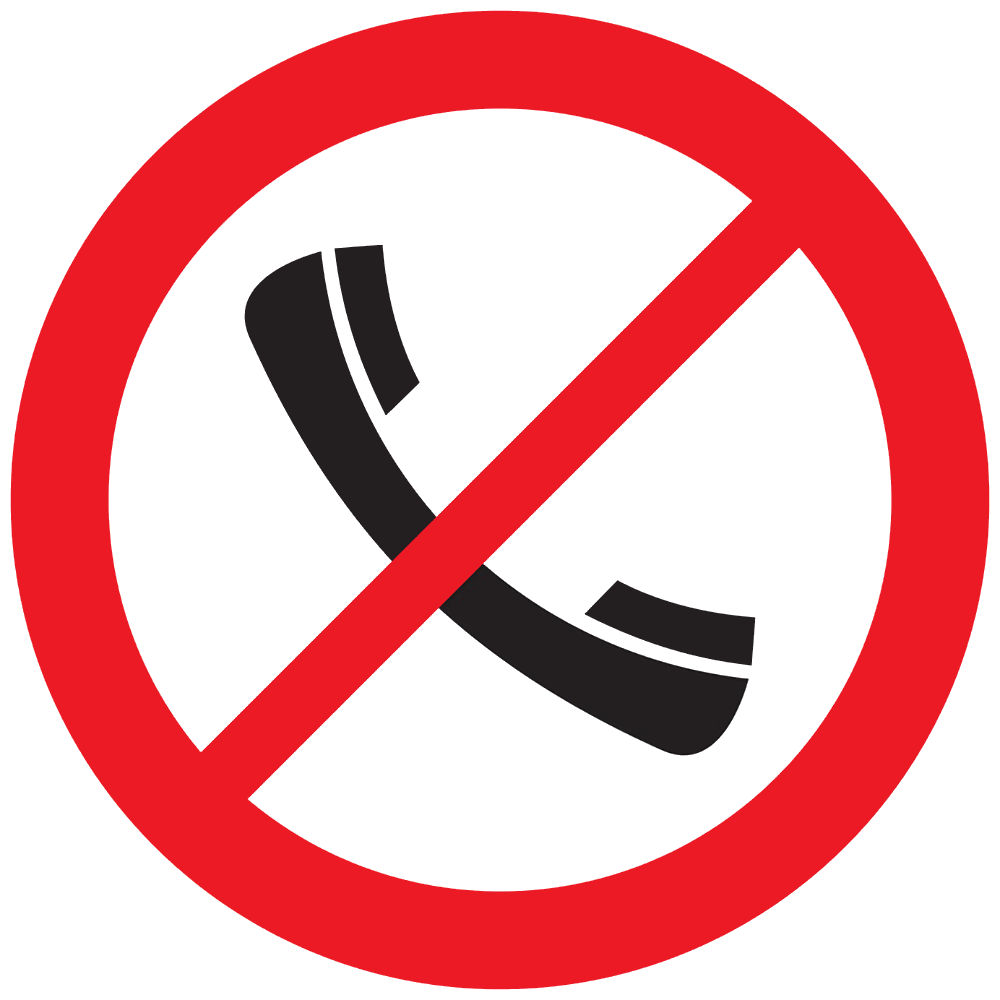
A new newspaper report has claimed that the ongoing work to withdraw BT and Openreach’s old copper-based analogue line services (PSTN phones and WLR), which was due to complete by December 2025, could be facing a delay of up to two years. But the delay may only apply to vulnerable users who remain dependent upon old telecare devices, which often haven’t been updated to function with IP-based digital alternatives.
Most people should hopefully be aware that Openreach and BT, much like other operators across Europe with a legacy of older copper phone infrastructure, are in the process of upgrading all of their old analogue phone services on to a fully digital (Internet Protocol-based) network (the national stop sell began last September). KCOM are doing something similar in Hull, which aims to finish by the end of 2024, but all ISPs that offer analogue phone services are affected.
The above change is an industry, not government, led programme that is partly driven by the looming retirement of copper lines in favour of full fibre (FTTP). Not to mention that modern mobile and IP-based communication services have largely taken over from traditional home phones, which no longer see much use.
However, this change is NOT to be confused with the physical removal of copper and aluminium lines, which in many areas will continue to deliver broadband and IP-based digital phone solutions for some years to come, until FTTP has become available and customers migrated (this is a related, but separate process).
In place of PSTN/WLR, many ISPs are introducing Internet Protocol (IP) based digital phone / voice services, which require a broadband connection in order to work (either via copper or full fibre). Put another way, you plug your existing handset into the back of a broadband router (assuming it has a phone port) or Analogue Terminal Adapter (ATA), rather than the old wall socket.
Caveats of the change
The problem is that the new generation of IP based digital phone solutions do have the odd caveat, aside from being a little bit more complex to setup. For example, the new services are not remotely powered (i.e. if there’s a power cut, they go down, but ISPs can often provide very limited battery backup solutions upon request) and often don’t work properly with older alarm or telecare monitoring systems.
The issue of poor telecare support is the fault of telecare and alarm providers (i.e. failing to upgrade their systems), but this doesn’t change the reality that nearly 2 million people use these vital telecare systems in the UK (e.g. elderly, disabled, and vulnerable people). Often these exist in rural and isolated areas, where mobile services may also go down during power cuts. Ofcom are separately reviewing mobile resilience, but complex issues of cost and wayleaves may create some barriers.
According to The Telegraph’s (paywall) sources, the high risk that the digital phone switch-over could put a significant number of vulnerable people’s lives at risk may result in the December 2025 completion target being pushed back by up to another 2 years. But the new report appears to state that this delay would only apply to vulnerable people, such as those who make use of telecare systems.
A BT spokesman said:
“We’re working closely with the Government and Ofcom as we continue the important programme to move customers onto digital landlines.
Our priority remains doing this safely, supporting our vulnerable customers and those with additional needs in particular, and we’re working with key organisations that represent these groups to achieve that.
This includes encouraging more local authorities and telecare providers to make us aware of telecare users so we can make sure they get the right support at the right time.
The current pause will have an impact on the timing of the overall programme – but we are working to minimise any delays, as the switch to digital landlines is a necessity given the increasing fragility of the analogue landline network.”
A spokesman for the government (DSIT) said:
“The decision to switch off the analogue landline network has been taken by the telecoms industry, and the UK Government has no formal role in administering the switchover. Deciding timelines for its completion is a matter for providers, but we continue to engage with the industry to ensure vulnerable customers are protected throughout this process.”
The reality is that keeping the old analogue services going would not only be extremely expensive, but is also proving difficult as manufacturers stop producing related kit and services for a declining and increasingly ancient technology. At the same time, telecare providers seem unlikely to up their game in time for the 2025 deadline. All told, this increasingly suggests that some delay may be unavoidable.
On the other hand, the Telegraph’s piece seems to overlook that Openreach and BT are about to pilot a new SOTAP for Analogue product from 1st May 2024 (here), which is a phone line service that does NOT require broadband to work and can harness modern networks to function similarly to the older analogue service.
The solution, once introduced, would not be available for new service provisions (only existing / vulnerable customers) and is intended to be a temporary product (possibly running until around 2030 or as long as it takes). In theory, this would allow more time for people and networks to adapt, but it won’t be launched until later in 2024 at the earliest and is arriving quite late to the party, which might help to explain today’s talk about a delay.
Mark is a professional technology writer, IT consultant and computer engineer from Dorset (England), he also founded ISPreview in 1999 and enjoys analysing the latest telecoms and broadband developments. Find me on X (Twitter), Mastodon, Facebook and Linkedin.
« Broadband ISPs Adopt Radical New Solution to Complex Fault Fixing
Leave a Reply Cancel reply
This site uses Akismet to reduce spam. Learn how your comment data is processed.
Privacy Notice: Please note that news comments are anonymous, which means that we do NOT require you to enter any real personal details to post a message. By clicking to submit a post you agree to storing your comment content, display name, IP, email and / or website details in our database, for as long as the post remains live.
Only the submitted name and comment will be displayed in public, while the rest will be kept private (we will never share this outside of ISPreview, regardless of whether the data is real or fake). This comment system uses submitted IP, email and website address data to spot abuse and spammers. All data is transferred via an encrypted (https secure) session.
NOTE 1: Sometimes your comment might not appear immediately due to site cache (this is cleared every few hours) or it may be caught by automated moderation / anti-spam.
NOTE 2: Comments that break our rules, spam, troll or post via known fake IP/proxy servers may be blocked or removed.
Latest UK ISP News
- FTTP (5556)
- BT (3522)
- Politics (2545)
- Openreach (2306)
- Business (2272)
- Building Digital UK (2248)
- FTTC (2049)
- Mobile Broadband (1981)
- Statistics (1791)
- 4G (1673)
- Virgin Media (1628)
- Ofcom Regulation (1470)
- Fibre Optic (1398)
- Wireless Internet (1395)
- FTTH (1382)







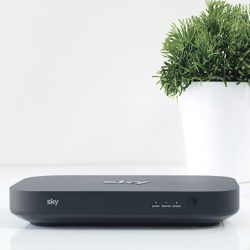
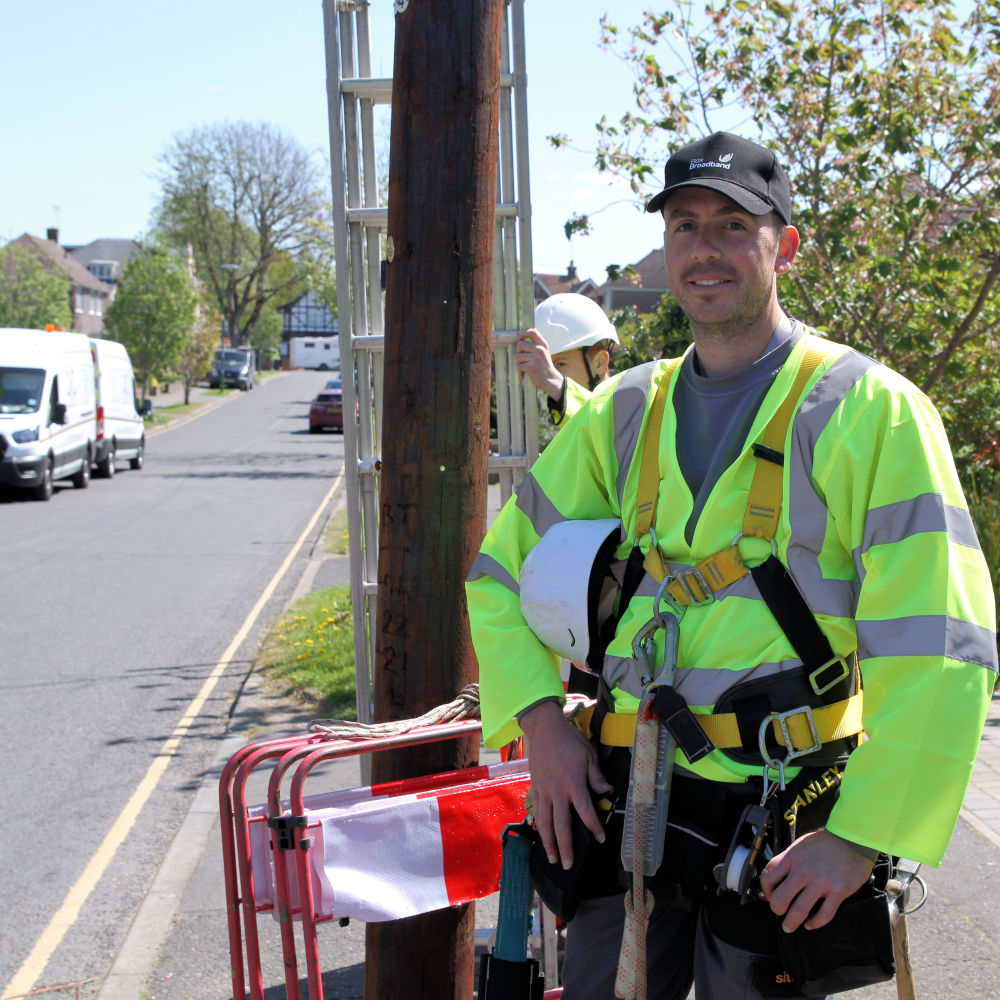
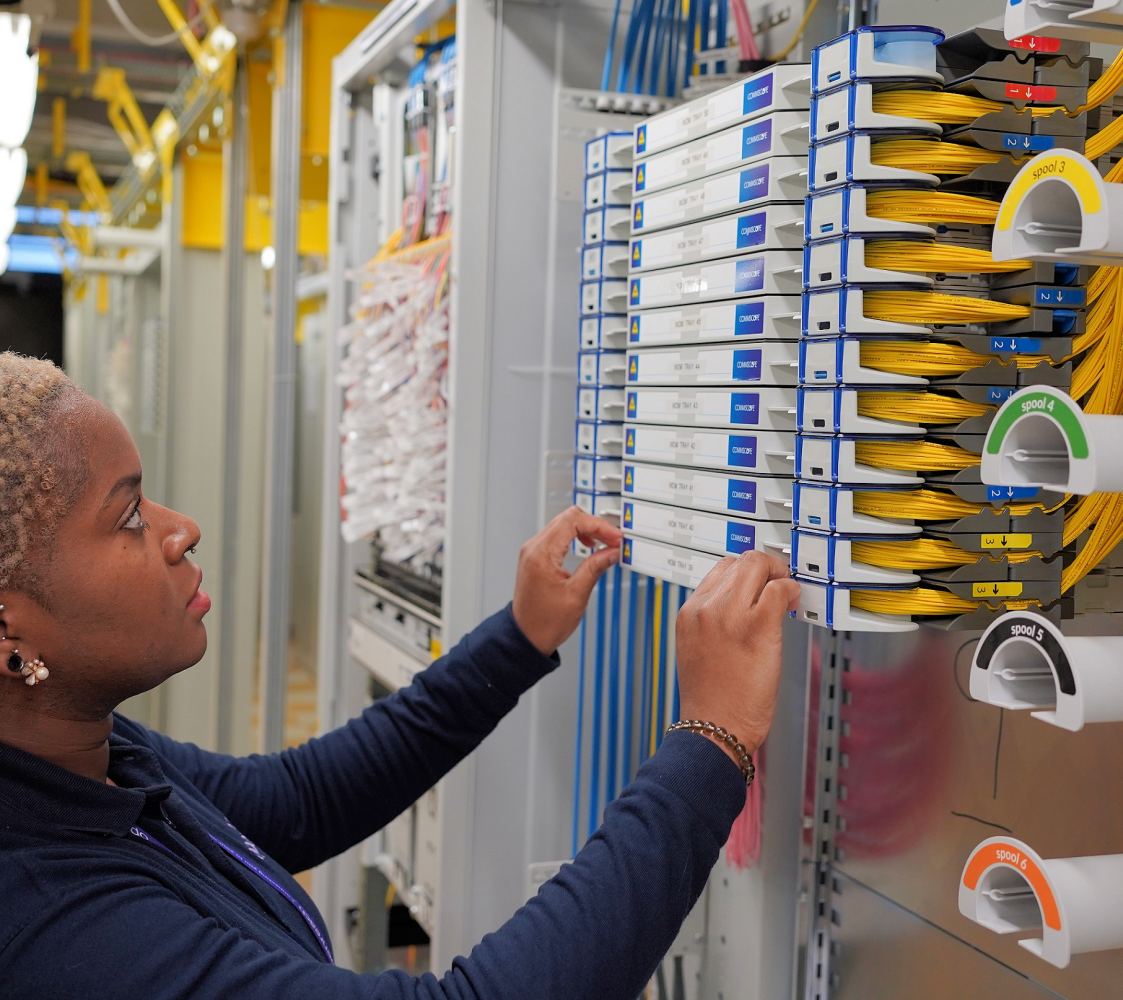
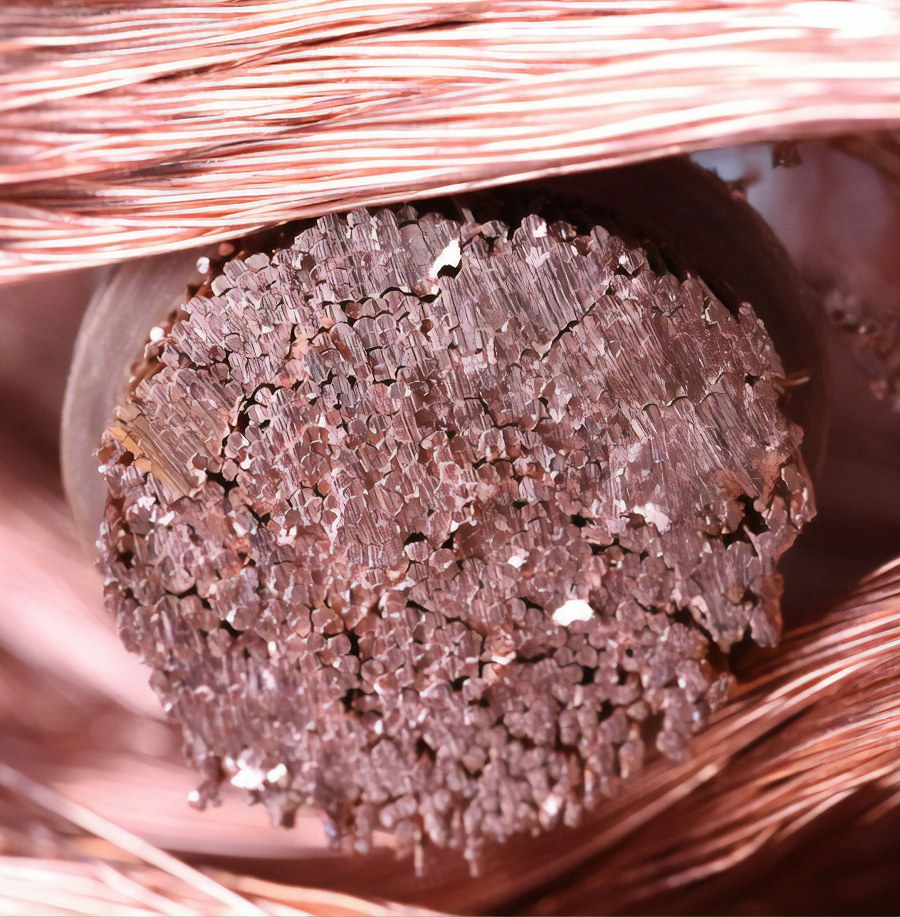
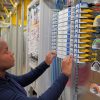



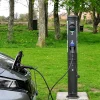









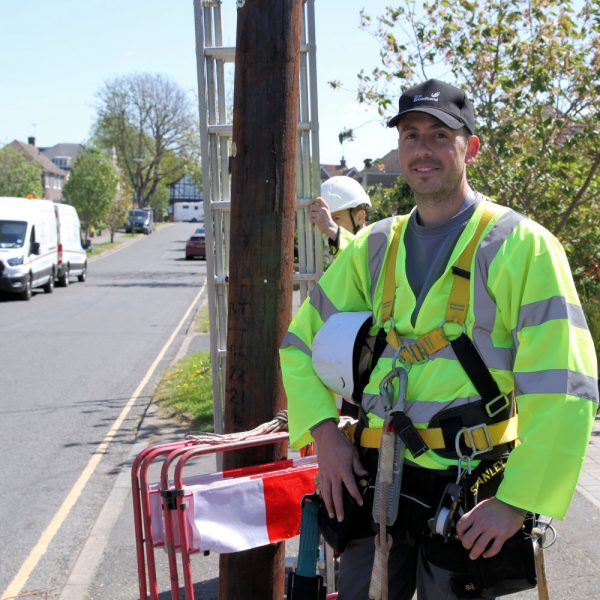
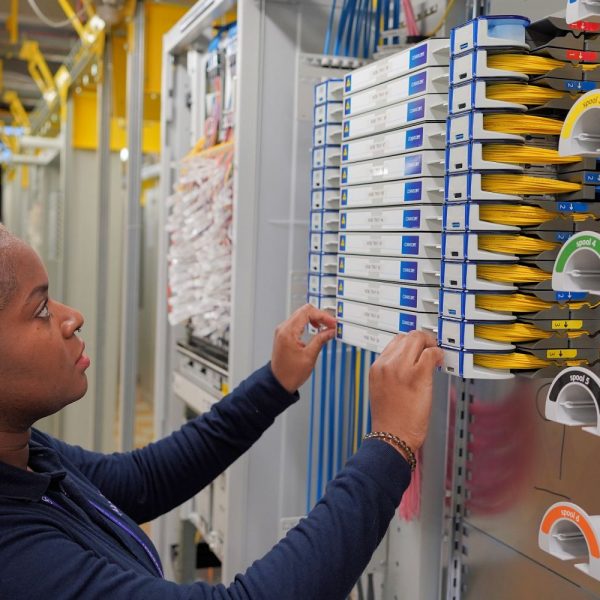































Read this late last night, seems the Telegraph article may be a little behind the times, as if i remember correctly, the pause in Digital Voice, or whatever you like to call it happened in December 2023. No matter, this whole thing is such a mess and becoming more confusing by the day for the ordinary customer trying to understand what’s going on.
“Most people should hopefully be aware that Openreach and BT […] are in the process of upgrading all of their old analogue phone services on to a fully digital network.”
Hmm… most people who follow websites such as this, yes.
However I’m unconvinced that awareness applies to the general public at large… though in an ideal world it “should”.
I wonder if the disparate and competitive nature of the home telecoms industry here is a bit of an impediment, perhaps especially in the UK – on the continent, whilst telecoms markets have been liberalised, I have a feeling the dominant former state owned incumbent telcos broadly still predominates in the respective retail markets… something which could make messaging about the changes simpler to the public.
I’m not sure BT’s retail share is much lower than many of our peers and it should also be remembered that this change does not impact the ability of the rest of the big 5, Sky, TalkTalk, Vodafone, VMO2, to continue to provide analogue POTS phone services if they so wish over MPF LLU or their own cable network. They have been withdrawing the product steadily anyway themselves so I imagine the vast majority of the population are aware of the change to at least some degree.
Customers moving off one of them to something else will be made aware they’re getting digital voice when they order.
The largest user of Openreach WLR, the product being withdrawn, is by a mile BT so their retail share as a total of the market shouldn’t be a problem.
@binary: “However I’m unconvinced that awareness applies to the general public at large… though in an ideal world it “should”.”
I agree with you that most people don’t have awareness but BT and VM inform their users in advance that the change will be made. When necessary a suitable hub is provided and in most cases the existing analogue handset will be plugged into the hub (in VM’s case with the use of an RJ11 to BT adapter) and work. Some people have a phone extension system which VM will wire the hub to for free (but am not sure what BT does). There are complaints that the new system doesn’t work, which is inevitable given the scale of this migration, but I believe that in most cases they do get resolved.
I believe BT’s preference is that you use their special DECT handsets (one free, others chargeable I think?) but you can also use your own phone plugged into the back of the smart hub.
There is also a “digital voice adapter”, a DECT ATA, which seems to be their preferred option for those who need a phone socket in another room.
AFAIK no option to have them modify the extension wiring. You can DIY it, if you know what you’re doing.
@Roger_Gooner: The RJ11 to BT plug adapter is also needed for most Vodafone Routers, in many cases they don’t supply one, not sure if you have to purchase your own or ring Vodafone to request the adapter. Not Expensive in any case.
@Ivor
I believe BT no longer gives away the Advanced Digital Handset free (shame), you either have to buy your own or plug your existing handsets into the phone jack on the hub. I have rewired my house extensions to plug into the hub and the socket on the SH2 is a master socket so it has the ringer signal on pin 3. I have the digital voice adapter and one problem is that it doesn’t transmit caller ID (the socket on the hub does).
It’s a balancing act of course but at some point they have to grasp the nettle. All over the world PSTN is either off or in the process of being decommissioned. Costs of kit to maintain it are increasing. It’s impossible to ensure no-one is left behind here, a line has to be drawn somewhere and the onus put on manufacturers and operators of devices running over the PSTN, who’ve had more than enough time to adapt their equipment, to ensure they’re compliant.
This was announced in 2016/17 so the telecare companies will have had 8 years to get their act together. How long do they need exactly?
Some telecare suppliers have already made the switch from analog to digital. Why doesn’t BT partner with those companies to smoothly transition vulnerable users away from the non-compliant companies?
as was said in the other thread – feels like the telegraph is mountain/molehilling and this is BT telegraphing (zing!) that SOTAP for analogue is going to be a stopgap for the handful who can’t/won’t be put onto digital voice.
As others have said, at some point it is no longer BT/Virgin’s problem (I’d argue that time has already passed, alarm companies have had years to sort it).
Hopefully only a stopgap for the ‘can’ts’ rather than the ‘won’ts’: the former need addressing to ensure they safely can, the latter should not be pandered to as there will be a fair amount of them spread around the country widely enough to make the whole exercise pointless.
very true. for the “won’ts” I guess it depends on BT’s appetite for unjustified bad press and willingness to keep what are likely unprofitable customers anyway, and whether they just tell those customers to suck it up or move to another provider (who probably won’t give them a POTS line anyway)
ideally this would actually have some government co-ordination, as it seems the telecare providers’ heads need to be bashed together instead of hoping that BT takes all the blame.
Sogea, Sofast, Sotap, Sotap for Analogue, SO, whatever will be next! Maybe SOD, = Single Order Delayed. – By approximately 2 or possibly even 6 years.
I have been trying to have my service switched to Digital Voice for my parents for over two weeks. The order has literally failed six times in a row, still using the landline.
If BT can’t get this right, how on Earth are they going to manage all the people they need to switch?
I believe that FTTC will be around for a decade or more with some solution in the local exchange to keep copper in the ground beyond this …a lot of technical hurdles, our 4 local villages are in Dartmoor National Park, then a lot of Grade 1 and 2 listed property, then in Conservation areas, direct in ground, a few telegraph poles, the mobile companies have given up with masts here too.
except for direct buried cable, what’s stopping them replacing one type of black cable with another in those areas?
Openreach’s FTTP actually has less visual impact since it (generally) doesn’t use green cabinets, and the copper shutdown means those can eventually be removed.
Can’t see BT’s shareholders being willing to tolerate too much NIMBYism.
Fortunately FTTP isn’t required to switch the PSTN off: FTTC is fine.
Copper going entirely is going to take quite a bit longer it seems.
Installs into listed buildings certainly happen. At the extreme Starlink or another LEO satellite solution may be the only way.
FTTC has nothing to do with the PSTN switch off.
Can SOTAP for analogue be used alongside ADSL/FTTC/FTTP for internet access ? I guess there will be some who want/need internet and have a telecare device that’s not ready for digital voice.
I hope the two years are used to rollout new telecare devices, and not just a means to avoid doing it for another year or two.
There will also be a lot of folk who just don’t want to move, especially with fear around power cuts due to storms etc. Hopefully that is put to bed one way or another, not just delayed
Will those devices work with the new sotap option? It is just moving the ATA further into the network. The PSTN still shuts and the 64k A-law timeslot still disappears.
I think this is purely about voice.
All the data shows that Digital phones go down no more than analogue. It is more a perception that there is a problem. The reality is there is not
Many people as well already use DECT phones which will not work during a power cut
No if you have any kind of broadband service SOTAP for analogue will not be available. It’s just for people who have landline only service.
So if you have broadband and a council/NHS telecare unit (my mum had both of these) then is it a choice between give up internet (a key social bond for many, especially in rural areas) or give up the telecare alarm in a power cut ?
Clearly the answer is to modernise the telecare device(internet, with multi network cellular backup), but this isn’t really controlled by the user, and doesn’t get as much mainstream attention as delaying/stopping the transition
Just to add another perspective: we had a planned 8 hour power cut whilst National Grid replaced several transformers in the village, they must have had a temporary generator run 4G femtocell so they could carry on communicating on their mobiles to each other, first time in 12 years I’ve had a 4G signal in the house! Of course when the generator was switched off, no signal…so would each community need this in future? The village pub and shop already have generator back up here..
What do people with the many altnets do or those in new builds that are only FTTP?
They don’t have PTSN,so they don’t need to do anything.
@The Facts: I don’t think that most altnets offer telephone, and even if they do it would be VoIP and so nothing to do with PSTN.
This is weird as are they for example going to keep entire exchanges live for only a handful of users then
No. The PSTN still shuts but the buildings still host kit used for other purposes, owned by BT, Openreach and others. That kit will take time to shut down or move.x
yeah but that depends on how long they expect SOTAP and LLU to last – as those are presumably the main anchor tenants of the to-be-closed exchanges once PSTN goes.
What else is left that can’t be reparented to a larger exchange? Does Openreach still offer dry loops?
That’s why the new exchange based ATA service is temporary, Openreach will want to retire all copper and the smaller exchange buildings in the 2030s. The last few SOTAP lines will be as hard to disconnect as the last few PSTN service customers, if not harder, as it needs 100% of all broadband to be serviceable without copper to the exchange (FTTC will still work, that would be served from a larger exchange).
The plan for the local telephone exchanges is to reduce from about 5,600 today to just 1,000 by the 2030s. There will thus be a large number of exchanges which can be put to other use or sold, and the reduction in costs by not having to maintain and power the PSTN kit will be huge. You can see why there was a compelling business case for junking PSTN.
My neighbour went fttp and the fitter looking at the router said” there you are madam, all working”. Except that the lady had a emergency call system as and the phones not connected. So sister came to me for assistance. As it was a BT router with phone socket on the back I slowly worked it out. Emergency call system then the phone piggy backed on that. Then a WiFi extender to her computer. Problem arises if a power cut.
An old school friend was worrying about the shutoff on Facebook a while back (so I can say that in my experience, “normal” people are aware of the changes).
She didn’t know much technically about it, but knew that during power cuts there would be an issue and her village does get fairly regular power cuts.
So I linked her to a cheap DC UPS which will provide her with many, many hours of backup power if there is a power failure. It only cost £20, so a fairly modest investment for the security it provides. I fitted the same thing for my FIL and their very rural community regularly has power outages, it can take a while before anyone notices the power is out if the internet and phone are working fine.
So for people who just want a landline service for just making and receiving calls, why can’t BT offer a Broadband hub at a speed of 512K for the purpose of supplying Digital Voice?
For people who have alarms and other systems which may not work with Digital Voice, well Ofcom needs to introduce some regulations on these which force the suppliers of such systems to phase them out immediately and use stuff that uses 4G and 5G or fixed line Broadband technology. There’s no point switching them to 2G based system because the closure of that is now being discussed.
BT and New World Payphones have all used PSTN copper lines for supplying Telephone service mainly because of the ‘Payphone Access Charge’ the 70p per minute revenue they earn when people call Freephone numbers (0800/0808 and some services like 101) from their payphones.
BT and New World Payphones are also connected to a computer system that allows complete management of the payphones from the office end and the payphones also self report damage and faults as well as cash flow and tariff changes, I don’t think this will work over Digital Voice or Mobile.
Some New World Payphones are now using the Vodafone mobile network and these are trials because only 2 of them in Central London have been done, the kiosks themselves were put in situ in 2005 to replace the IPM Interphone kiosks which were originally the sites of Mercury Payphones.
Infocus Public Networks now owned by JCDECAUX which was previously Infolines were also former IPM Interphone/Mercury sites and these have been using mobile connections and solar power since the kiosk design was introduced by Infolines in 2008, they used to use the O2 mobile network but switched to BT Onephone mobile sims (which uses EE) ad part of JCDECAUX’s initiative to save money by bringing the companies fixed line and mobile connections into one big cloud based system.
The mobile connections option doesn’t seem like a good idea because they constantly need rebooting and it becomes expensive to keep sending out engineers.
I told Clear Channel who own New World that it would be better to have an Internet connection put in and connect the payphones to VoIP, they would also be able to offer Public WiFi just like the previous owners of New World (Arqiva and Spectrum Interactive) There are also a few sites with no power supply.
BT have heavily reduced their managed payphone estate (BT Payphones located at supervised indoor locations such as train stations and shopping centres).
The reason for this is simple, there is no nearby power supply or storage facility that would accommodate Digital Voice or mobile connections and it would be prohibitively expensive to fix this for a majority of them. So the only option was to remove them or ask the landowners for money to supply this and obviously they don’t want to pay for it either.
Street Payphones in the UK will continue for some time to come due to the fact most have a power supply and access to a telecoms network and most Kiosks old and new accommodate advertising and the freephone access levy at 70p per minute. So even if a phone is used 1 once or twice a month, the advertising,small cells and other initiatives bring in the revenue.
T
“BT and New World Payphones are also connected to a computer system that allows complete management of the payphones from the office end and the payphones also self report damage and faults as well as cash flow and tariff changes, I don’t think this will work over Digital Voice or Mobile.”
I presume you’re talking about modems here. I can’t imagine why low speed ones won’t work as no one’s expecting 56k anymore.
The bigger problem for BT at least is that none of the replacement solutions will support pulse metering. I suppose at that point you could just make calls to 0800, UK landlines and mobiles free, as has been done from the linkUK “payphones”, and bar the rest.
also, as for 512k for digital voice – Openreach actually do have a 512k SOGEA speed tier now, presumably intended for this exact purpose. BT doesn’t appear to use it (yet). A good way to get a few more years out of the FTTC cabs in areas where the early adopters are moving to FTTP.
The concern is that a) some places can’t get FTTC or FTTP and b) everyone’s suddenly concerned about power cuts even though most things plugged into a landline require mains power anyway. Hence SOTAP.
All is not lost, despite these disappointments there’s a great future for BT in the consumer white goods market,show business and relief for Ukraine viz:-
BT Smart Hub re-configured as the first 10 watt sandwich toaster/egg fryer
SOTAP, SOFAST as the 101 course at the local dancing school
and new software for the Iskander SRBM (Guarenteed to miss the target)
If all else fails, there’s always the Post_Office solution . . . blame the customers.
or there own staff!!!!!!
I’d rather the copper cable network is retained. Maybe paid for by Council Tax. In December 2015 my area suffered heavy flooding and everything went. The only thing that still worked? The landline. Digging out my old dial phone, I could still communicate with the outside World. The approach by BT and OFCOM is short sighted without adequate back up solutions.
Sorry but I don’t want my council tax to pay to upkeep all the copper cables just because you had a power cut nearly 10 years ago.
Why are people so entitled? People have different needs and levels of risk they are willing to take. If you need a fixed line so bad then get a cheap ups or if you think the power may go down for days get a generator.
ironically fibre would be even more resistant to flooding since there’s nothing to short out. You were probably lucky that the flood water didn’t get into a cabinet or DP where the cables are not sealed/pressurised.
While you might have had an old phone that didn’t need power, how many of your neighbours did?
As Mark says, if you are at risk of natural disaster you should probably be more prepared in general.
Retaining the copper network would mean Openreach retaining 4500 more exchange buildings than they need, 15Million+ copper lines, each up to a few miles long, and a nationwide workforce to maintain it all. This is a poor solution for the once in 10 year events that may affect the small number of people that actually retained a landline and a non-DECT phone to go with it. No other country has done this, there are better ways – more cell site generators and more use of home UPS/generators as FTTP will still work as long as you can power your home router/phone.
@Patrick: If your phone still worked during the flood I can only assume your Master Socket was pretty high up the wall.
There is no way the switch off will be delayed dure to Medicare alarms etc. There are in almost all cases digital compliant systems on the market
I’m pretty sure the original 21CN Huawei C-MSANs were capable of voice as well as ADSL2+ but the voice functionality wasn’t used beyond some trials. There must be plenty of them hanging around with very low utilisation nowadays, if they can do voice that would at least allow the creaking System X / AXE10 estate to be switched off.
Memory is a bit hazier on this one, but I think the Huawei FTTC cabinets had similar line cards, perhaps they are theoretically capable of voice too? There’s even a small amount of battery backup in a FTTC cabinet.
Engineer: Hey boss, I have some 20 year old “high risk vendor” Huawei boxes that we can use to provide critical voice services to our most vulnerable customers, shall we use them instead of buying a new and fully supported 6 inch high device?
Boss:
In response to Bob, I live in an 38 apartment block,which has telecare connections, we have been told by the Landlord that to upgrade our system will be approximately £70,000 and they will levy a further charge of £4,000 for monitoring the installation. Is anyone aware of the costs involved, without any funding from freeholders,telecom industries, or government? They are going ahead despite the majority of residents here wanting to wait until we are guaranteed that we are not going to be left without our tete care connections. In an outage, no such guarantees can be given. We know this must go forward but please let sort out some of the problems first. We feel we are being bull dozed!